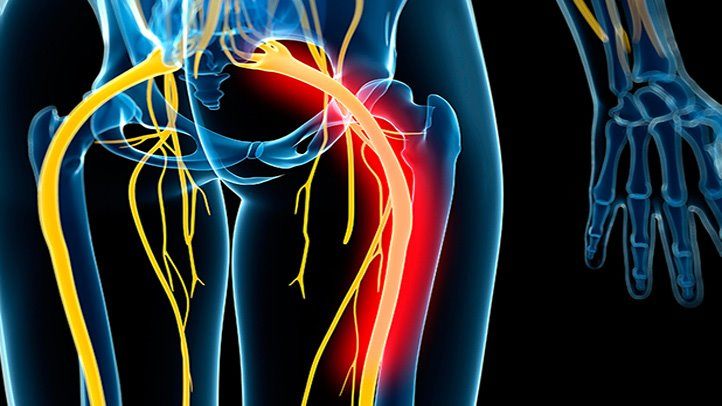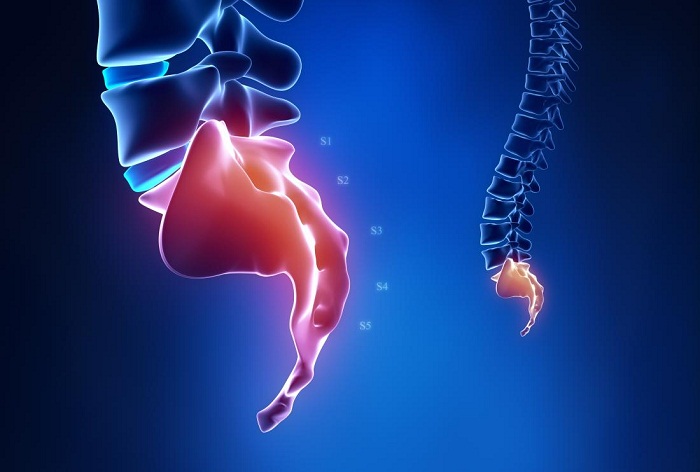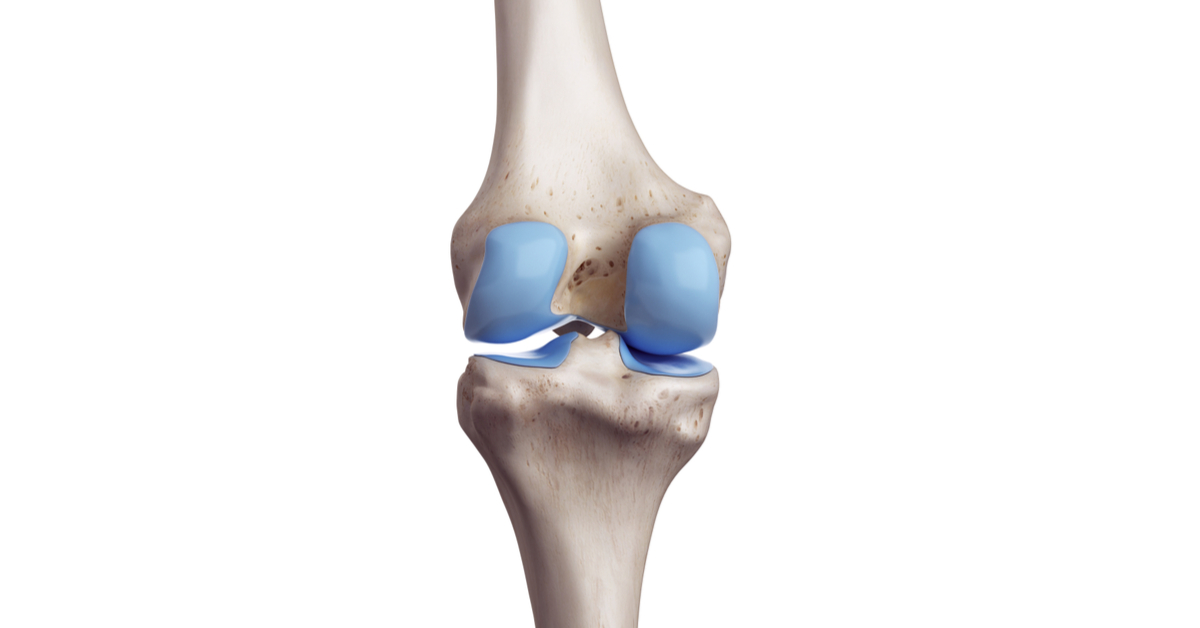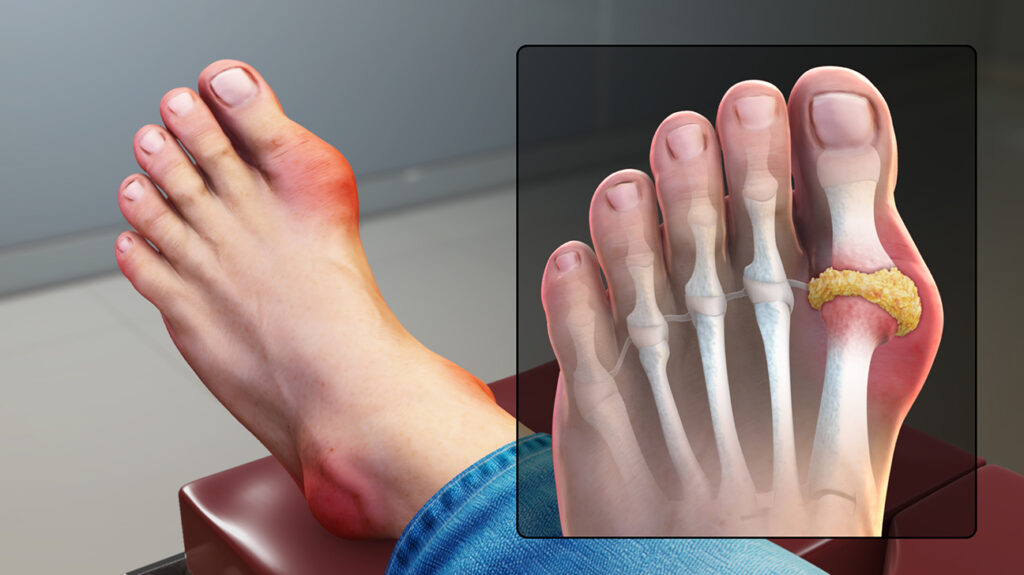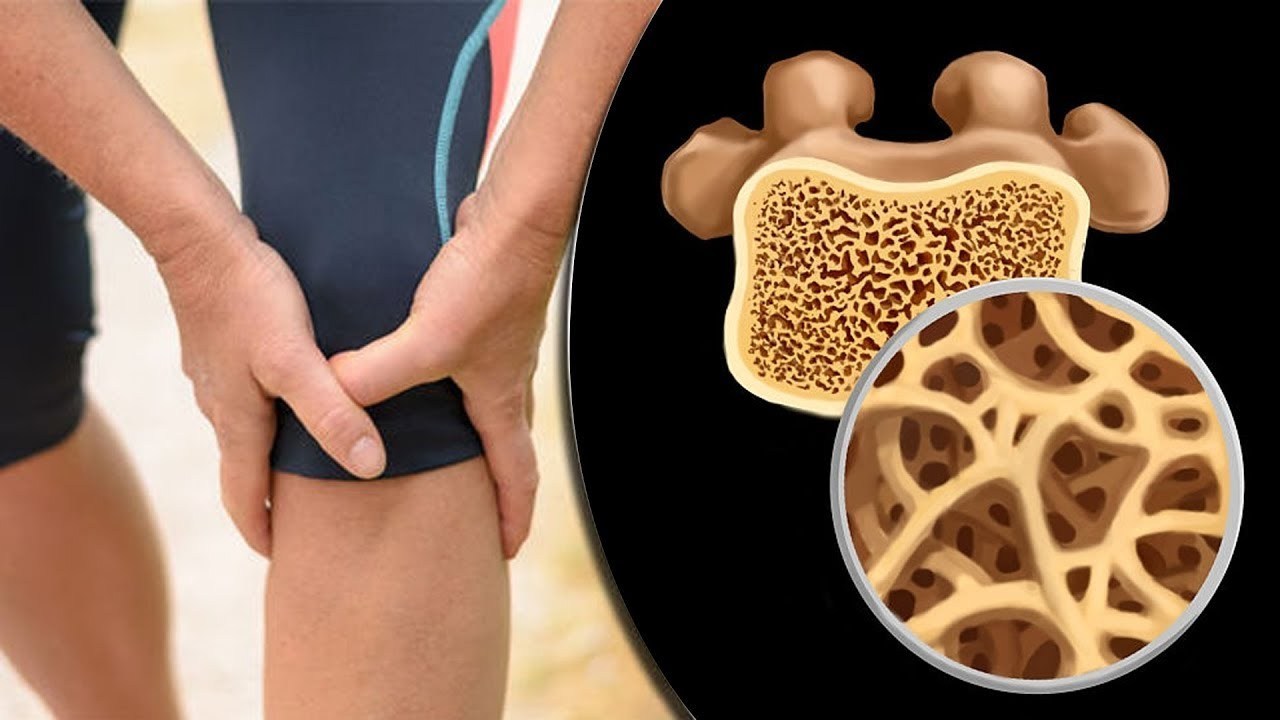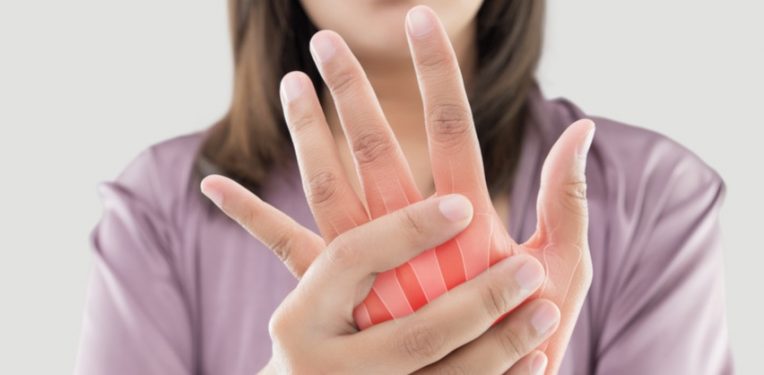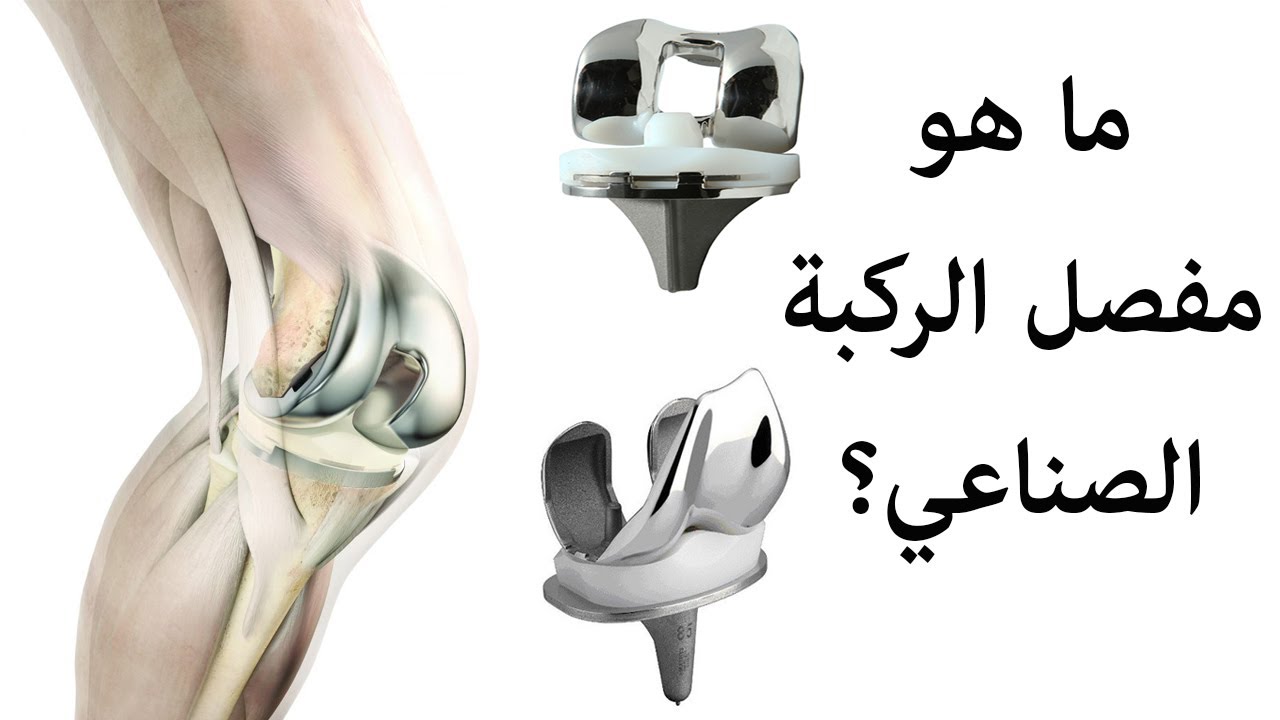Learn about the best doctor for treating spinal vertebrae and the cost of spinal curvature surgery!
The best doctor for treating spinal vertebrae, back pain is a common issue for many people, with some knowing the cause and others being unaware. In the following article, we will learn about spinal column pain and its causes, as well as information related to spinal curvature surgery, its cost, and the most important risks associated with it. So, follow us to learn about everything new.

The best doctor for treating spinal vertebrae
Back pain requires a specialist in bones and joints who has extensive experience in this field to help the patient enjoy a healthier life and overcome the suffering they are going through. The most important thing that a patient with back problems looks for is a good doctor who can create a suitable treatment plan and guide them in the right direction for treatment so that they can return to their normal life later on. This is what we will explore in more detail in the following sections. If you want to learn more details about lower back pain and the best doctor to treat it, click here.
Common Back Spine Pain
“Whatever challenges your back faces, we can help you overcome them. Schedule an appointment for a consultation with Dr. Amr Amal and discover innovative solutions that will restore your strength and body mobility and relieve spinal pain.”
Back spine pain is widespread among many people, affecting everyone regardless of age. It can affect different areas of the back and is referred to by various names depending on the affected area, including:
- Neck pain: It spreads in the area of the scapula or shoulder bone.
- Back pain: It is commonly found in the rib and chest area.
- Lower back pain: It is located in the pelvic area.
- Lumbar pain: It spreads widely to the buttocks and legs and can partially restrict movement or cause a feeling of stiffness.
Back pain is categorized into two types:
- Acute back pain: It occurs suddenly and lasts for a short period, ranging from several days to weeks.
- Chronic back pain: It occurs when back pain persists for a long time, exceeding three months.
More than 90% of cases of acute back pain can significantly improve through simple treatment methods, and 60% of them improve within a week. Back pain resulting from herniated discs can also improve within six weeks.
Causes of Spinal Column Pain
Ninety percent of people suffering from spinal and back pain experience mechanical system issues or joint problems. Injuries to the lumbar vertebrae are the most common cause of this type of pain. Various factors can lead to feeling pain in the spinal column, including:
- Engaging in physically demanding jobs or intense sports activities.
- Performing incorrect and improper movements that can cause ligament tears.
- The possibility of a congenital defect in the spine.
- Spinal twists, such as scoliosis or twisting of the spine or pelvis into an S-shape. These are typically caused by genetic diseases that result in an unbalanced spine.
- The presence of cancerous tumors in the spinal vertebrae. While they are highly dangerous, they are rare.
- Articular involvement, which is the natural wear and tear of joints or joint inflammation, is a joint disease.
- Psychological problems, such as nervous tension and mental issues, can lead to chronic back and spinal pain.
- Osteoporosis and muscle tissue pain.
Symptoms of Back Pain
Back pain is one of the symptoms that can result from certain diseases or incorrect behaviors. It encompasses various symptoms, including the following:
- A person may feel mild pain in the lower back.
- Clicking sounds when the vertebrae rub against each other in the spinal column.
- Inability to bend the back without feeling pain.
- Difficulty performing daily movements and activities.
- Pain may increase with sudden movements, such as sneezing or coughing, and the symptoms are usually short-lived if caused by fatigue and stress.
How to Treat Spinal Column Pain
Treatment for back and spinal column pain starts with gathering information about the patient’s condition and selecting one of the available treatment methods, including medications, surgery, and physical therapy:
Medications
In some cases, a doctor may prescribe medications to alleviate back and spinal column pain. However, these medications serve as pain relievers and do not address the underlying issue. They include:
- Taking one or two 500 mg paracetamol tablets up to four times a day as a maximum to help relieve pain.
- Using pain relievers or anti-inflammatories to treat mid-back pain and reduce discomfort. Some types may be taken without a prescription, while others require consultation with a doctor.
- Cortisone injections may be administered to relieve back and spinal pain according to the doctor’s instructions, and they are resorted to if other treatments fail.
- It is essential for the patient to adhere to the dosage prescribed by the doctor when taking anti-inflammatories.
- Patients should avoid taking any medications for back and spinal pain without consulting a doctor.
Physical Therapy
Physical therapy is often used to alleviate back pain and includes massages, back and spinal column maneuvers, and stretching exercises. Additionally, it involves training programs, such as aerobic exercises, muscle exercises, and tightening exercises.
In addition to these, some techniques in physical therapy can be used, such as ultrasound therapy or electrical nerve stimulation through the skin to relieve back pain.
Complementary Treatments
There are some complementary treatments used to relieve spinal column pain and help relax the patient’s muscles while treating the pain mechanically. These treatments include:
- Yoga exercises to strengthen back muscles.
- Acupuncture, which stimulates muscle tissues and reduces pain.
- Treatment by an orthopedic manipulator, a specialist in bone manipulation.
- Manual therapy, which involves manually aligning the spinal column through maneuvers to reduce pain intensity.
Surgical Intervention
Surgical intervention is considered the last resort that a doctor turns to for treating back and spinal column pain. It is used in severe and refractory cases that do not respond to any other available treatments. Surgical procedures used to alleviate back and spinal column pain include:
- Discectomy or disc herniation surgery.
- Artificial disc replacement.
- Spinal plate removal surgery.
- Spinal fusion surgery.
- Foraminotomy surgery.
Sometimes, the doctor may need to perform one of these surgeries in cases where the patient has urinary or bowel dysfunction or some nerve-related pain. If you would like to learn more about the methods used in treating spinal column pain, including the role of herbs in treatment, you can refer to the following article.
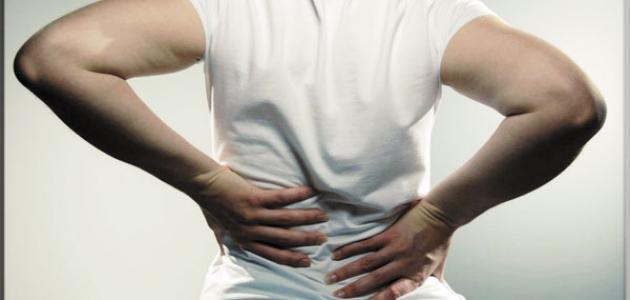
Complications of Back Pain
Patients may experience complications related to back pain if it is neglected. These complications include:
- Difficulty sleeping at night.
- Difficulty urinating.
- Elevated body temperature.
- Increased pain when sneezing or coughing.
- Numbness and tingling in the limbs.
- Inability to perform daily activities normally.
Dr. Amr Amal – Egypt’s Best Spinal Column Doctor
Dr. Amr Amal is one of Egypt’s top orthopedic and joint surgery consultants, holding a master’s and doctoral degree from Ain Shams University. He currently works as an orthopedic surgery consultant at Ain Shams University and is a member of the Egyptian Association of Orthopedic Surgery. Dr. Amr Amal is known for his extensive experience and broad knowledge in the field of orthopedic surgery.
Dr. Amr Amal is highly skilled and experienced in spinal column surgery and is considered one of the best spinal column surgeons in Egypt. He is renowned for his proficiency in spinal column surgery, utilizing advanced techniques such as traditional surgery, minimally invasive surgery, and robotic surgery.
Dr. Amr Amal has a strong reputation among orthopedic doctors in Egypt and always strives to build a strong rapport with his patients. He constantly aims to prioritize their comfort and choose the best treatment options for them in all circumstances. He has received numerous positive reviews from patients who have undergone treatment and successfully recovered by following the treatment plans he prescribed.
How much does spinal curvature surgery cost in Egypt?
The cost of spinal curvature surgery in Egypt ranges from 100,000 to 200,000 Egyptian pounds. Egypt is considered one of the best countries for performing this surgery due to the lower prices compared to other countries. The variation in cost can be attributed to several factors that directly influence the price, including:
- The degree of curvature and its pattern in the patient.
- The cost of instruments used in the surgery, such as endoscopes, plates, and screws.
- The type of surgery performed by the doctor.
- The hospital where the patient undergoes surgery and the level of service it offers.
- The cost of anesthesia and other pre-operative preparations.
- The duration of the patient’s stay in the hospital and the need for post-operative observation.
- The cost of pre-operative preparations, such as X-rays and MRI scans of the spine.
What are the riskiest vertebrae of the spinal column?
The cervical vertebrae C1 and C2 are considered the riskiest vertebrae of the spinal column, especially in older individuals. While it is difficult for these vertebrae to sustain injury, any damage to them can have a significant and dangerous impact on the body.
These vertebrae are located at the top of the neck and are responsible for connecting the head to the spinal column. The first cervical vertebra is called the atlas, and the second cervical vertebra is called the axis. These vertebrae primarily protect the spinal cord, facilitate movement, control neck motion, and support the weight of the skull at the top of the spinal column. In most cases, injuries to the first and second cervical vertebrae are referred to as cervical spinal cord injuries.
What is the cause of lower back pain above the buttocks?
Lower back pain above the buttocks is often referred to as coccydynia or pain in the tailbone area. It makes the affected person unable to sit on their buttocks comfortably. This type of pain originates in the lower part of the spinal column and the surrounding area. Lower back pain above the buttocks can result from one of the following causes:
- Prolonged sitting in the same position without changing posture or sitting on the tailbone area.
- Common after natural childbirth.
- Trauma to the tailbone area due to falls or specific injuries.
- Obesity, which increases pressure on the tailbone and can lead to significant pain.
- Aging, which can cause wear and tear on the tailbone.
- Excessive leanness can also be a contributing factor, as it may not provide enough cushioning fat around the tailbone.
- Pilonidal cyst, an inflamed lump containing hair or debris that collects below the lower back or above the buttocks. It causes severe and intolerable pain in the lower back. Note that there is usually no connection between pilonidal cyst and coccydynia. Coccydynia typically lasts for more than a day and can sometimes continue for weeks or even a month. If the pain persists, it is advisable to consult an orthopedic doctor.

Is Caudal Vertebrae Inflammation Serious?
Caudal vertebrae inflammation, also known as caudal arthritis, is a condition that affects the five vertebrae located in the lower back region. While it is not a disease on its own, it is considered a symptom of general arthritis. Caudal vertebrae inflammation occurs when the cartilage supporting the joints wears down, primarily associated with osteoporosis. This inflammation can cause severe back pain and affect mobility. When promptly treated, it can be managed and its effects mitigated. Despite its association with aging, engaging in appropriate physical exercises can help prevent it.
The exacerbation of caudal vertebrae inflammation can lead to more severe symptoms. When the joints are damaged, pain and swelling may spread to other joint areas and the knees. The intensity of pain can increase, and it may be intermittent and severe. Immediate treatment is recommended to prevent worsening and reaching a more critical stage. Several treatments are available to alleviate symptoms, and exercising correctly can also help reduce them. To avoid this inflammation, maintaining a healthy weight, consuming nutritious foods, and engaging in light physical exercises are advisable.
In conclusion, caudal vertebrae inflammation can cause pain and affect mobility. However, reasonable treatments and preventive measures make it manageable. Increasing physical exercises, consuming nutritious foods, and maintaining a healthy weight can help prevent this condition. Therefore, consulting a specialist is essential if anyone experiences symptoms of caudal vertebrae inflammation.
How Long Does the Treatment of Caudal Vertebrae Inflammation Take?
To alleviate the pain experienced by a person with inflammation in the caudal vertebrae, they need to adhere to the prescription provided by their doctor. This prescription helps reduce pain and inflammation and may take more time to achieve satisfactory results. If you would like to learn more about caudal vertebrae inflammation, we recommend reading this article.
Treatment methods include lifestyle modifications, natural therapies, medication, and, as a last resort, surgery if the body does not respond to other available treatment methods. “Discover a unique and effective solution for caudal vertebrae inflammation pain through conservative treatment and surgical intervention offered by Dr. Amr Amal.”






